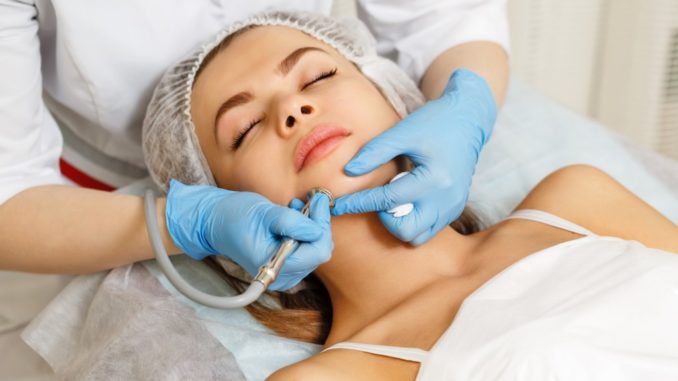
One of the problems with growing up, as popularly portrayed in the media, is developing acne. Contrary to many depictions, however, the acne actually affects both boys and girls and can be a thorn in your side long after puberty.
Because of this, many salons all over the country, including those in Salt Lake City, Utah, offer different kinds of acne and facial treatments. These are typically performed by a dermatologist, who are experts in caring for the skin.
One of the most common acne treatments being offered is blemish extraction. Unlike acne surgery, which is invasive and requires a hospital visit and anesthesia during the procedure, blemish extractions can be performed in day spas or salons. In fact, many even incorporate blemish extractions into their beauty and skincare routines.
Here is everything you need to know about blemish extractions:
What causes my acne problems?
Blemish extractions usually eliminate the smallest forms of acne, namely blackheads and whiteheads. These form when a combination of dead skin cells, oil, and bacteria become trapped in the pores of your skin. Blackheads have a dark and open surface, while whiteheads have a closed, light-colored surface that results from the clogging of the pores. These typically make your skin appear bumpy in texture, and can also result in red areas throughout your face.
Whiteheads and blackheads result from the pores becoming blocked. The main cause of the blockage of the pores is an increased production of sebum, or oil, in the pores. This, in turn, is primarily driven by the body’s hormones. In particular, oil production is particularly high during puberty, menstruation, or pregnancy. Severe acne has also been linked to genetics.

What happens during the extraction process?
A blemish extraction treatment typically begins with having your skin cleansed and stretched through the application of a face mask. After this, it is common for your face to be steamed. These processes serve to clean and open up your pores, so as to prepare these for the actual blemish extraction.
During the actual blemish extraction process, the dermatologist uses a sterile tool, known as a comedone extractor, to extract the solids and fluids that are inside the pores. This may be slightly painful, as pressure has to be applied for the contents to be squeezed out. If your pores are clogged enough, your skin might end up bleeding after the extraction process. Hence, it is common for the dermatologist to apply a disinfectant to your skin once the extraction has been completed.
What can I do to prevent another acne buildup?
Although blemish extraction treatments are good for cleaning out the pores and getting rid of whiteheads and blackheads, they are not a long-term solution for treating acne. This is because your pores could easily become clogged again, leaving you right back where you started and need of another trip to the dermatologist.
Hence, the best way to treat acne is to prevent it from building up in the first place. There are various simple ways to do this. The easiest of all is to regularly wash your face with a cleanser in order to remove all dirt and oil from your skin. In order to prevent any friction, it is best to pat — rather than scrub — your face dry.
It is also advisable to use cosmetics and skincare products that are non-comedogenic and oil-free. This helps reduce the amount of oil that your skin is exposed to. Your dermatologist may also recommend some oral and topical medications or ointments to help treat your acne and prevent a large buildup.
